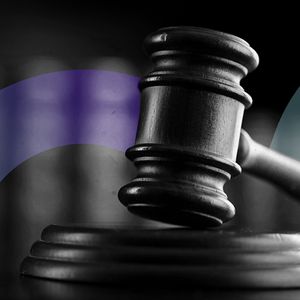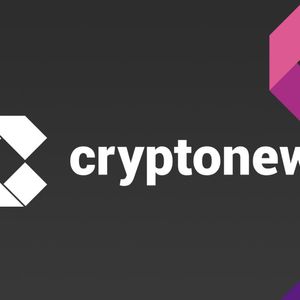A new wave of fear is sweeping through the crypto world as record user growth on platforms like Binance collides with growing concerns over ”paper Bitcoin” claims on BTC that aren't always fully collateralized by actual coins. With Binance now having 275 million registered accounts, the question is turning to whether custodians within the sector can continue to keep up with demand along with the increasing norm for transparency. Binance's Surge Drives Confidence and Questions Binance's stratospheric expansion is irrefutable: over 25 million new customers registered in just five months, and the exchange holds a 38–41% market share of worldwide trading volume. Such relentless growth attests to crypto's mainstream appeal as well as to customers' trust in the safety and stability of the platform. The success of Binance is rooted in a history of innovation, regulatory compliance, and robust security measures, attracting traders around the globe. But as more and more consumers flood in, the question of whether exchanges and custodians actually have all the Bitcoin they owe customers is on the brink of becoming catastrophic. The danger: If too many sites print ”paper Bitcoin”: IOUs that are not backed by actual BTC, users could be left exposed in a crunch. The Proof-of-Reserves Push Industry heavyweights and analysts are calling for a new level of transparency: proof of reserves (PoR). This would require custodians to provide, on-chain, publicly verifiable evidence that they truly own the assets they are describing, rather than simply pointing to vague ”custody partners” or internal audits. Some, like Metaplanet, already provide reserve addresses and transaction histories so anyone can audit their holdings independently. This sort of transparency, the argument goes, is needed to build trust as institutional capital and retail users alike pour into crypto. ”Proof of Reserves should be the bare minimum for Bitcoin treasury businesses — shareholders have a right to verifiable, on-chain evidence the BTC actually exists,” says Nick Ward in Bitcoin Magazine. Regulators and the Custody Puzzle Regulators are also turning up the heat. In the United States, the SEC's April 2025 roundtable on digital asset custody was the opening salvo in a shift toward tighter standards for whom gets to store crypto and how those assets must be safeguarded. The new ”Safeguarding Rule” would require custodians to have robust controls, open reporting, and written assurance of safeguarding in the event of insolvency. Although these measures are meant to protect investors, some worry that they will diminish the pool of qualified custodians, increasing potential risk if not handled with finesse. ”Know Your Custodian” is the new mantra, since due diligence and transparency form the focal point of future regulatory requirements. Why It Matters — From Retail to Institutions For consumer users, the stakes are open: the more who join exchanges like Binance, the higher the risk of being stuck with an unbacked IOU should custodians remain opaque. For institutions, the hurdle is even higher — compliance, insurance, and third-party audits are now required to onboard pension funds and endowments. The integrity of the industry, and its ability for mainstream capital to enter, may rely on whether proof-of-reserves becomes the norm. Others urge on-chain verification by all prominent custodians, while still others assert only the most transparent exchanges will survive the next market shakeout. ”Transparency isn't optional for companies who lead with Bitcoin. It's a duty,” another stated, reflecting a sentiment gathering steam among investors and analysts. With the crypto world hurtling towards mass adoption, the demand for actual, verifiable Bitcoin and not merely ”paper” promises could be the defining theme in the next chapter of digital asset trust.















